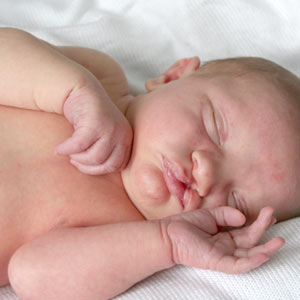Every year, thousands of children are born with a cleft palate, cleft lip or a combination of both. The advocacy group AmeriFace promotes the month of July as National Cleft & Craniofacial Awareness & Prevention Month to call attention to this potentially disfiguring defect—and to highlight treatments offered by dentists that can change the destiny of a child with a cleft defect.
Simply put, a cleft is a gap or opening in the palate (roof of the mouth) and/or upper lip. Cleft lips and palates result when structures that are forming in an unborn baby’s mouth and face don’t fuse together as they should during pregnancy. They can occur on either one side or on both sides of the face, in partial form (with some connecting tissue present) or completely open.
Clefts can cause severe disfigurement in a child, which may lead to a diminished self-image and disruption in relationships with others. A cleft can also compromise other aspects of a child’s health and life, including dental health, nutrition, respiratory function and speech development.
Doctors don’t always know why a particular baby is born with a cleft lip or palate, but clefts are thought to result from a combination of factors. Genetics most certainly plays a role, but there appear to be other influencing factors during pregnancy like nutritional deficiencies and fetal exposure to alcohol, radiation or toxic chemicals. In addition, having poorly controlled diabetes or being obese during pregnancy may increase the risk of the baby being born with cleft lip or cleft palate.
Managing known health conditions as well as striving for better prenatal nutrition and protection from environmental hazards may reduce the risks for cleft formation, even so, clefts do form. When they do, we can often effectively correct them, thanks to surgical procedures first developed by a military surgeon stationed in Korea in 1950.
While analyzing photos of cleft patients, Dr. Ralph Millard realized the tissue needed to repair a cleft was already present, but in a distorted form. He then experimented with surgical techniques that released the tissue so that it could be moved and fashioned into a normal appearance.
Dr. Millard’s original techniques remain the basis for today’s advanced procedures. Correction of a cleft lip or palate typically requires a series of procedures which can span the child’s developmental years. The first surgery usually occurs around 3-6 months of age, followed by later procedures to refine the earlier work. This process usually requires a team of dental specialists that includes oral surgeons, orthodontists and general dentists.
The road to restoration from a cleft birth defect can be a long one for children and their families, but the treatment methods developed over the last several decades can truly give them the gift of a normal life.
If you would like more information about cleft repair and other oral surgical procedures, please contact us or schedule a consultation. To learn more, read the Dear Doctor magazine article “Cleft Lip & Cleft Palate: Common Birth Defects That Can Be Repaired Beautifully by Skilled Surgeons.”



